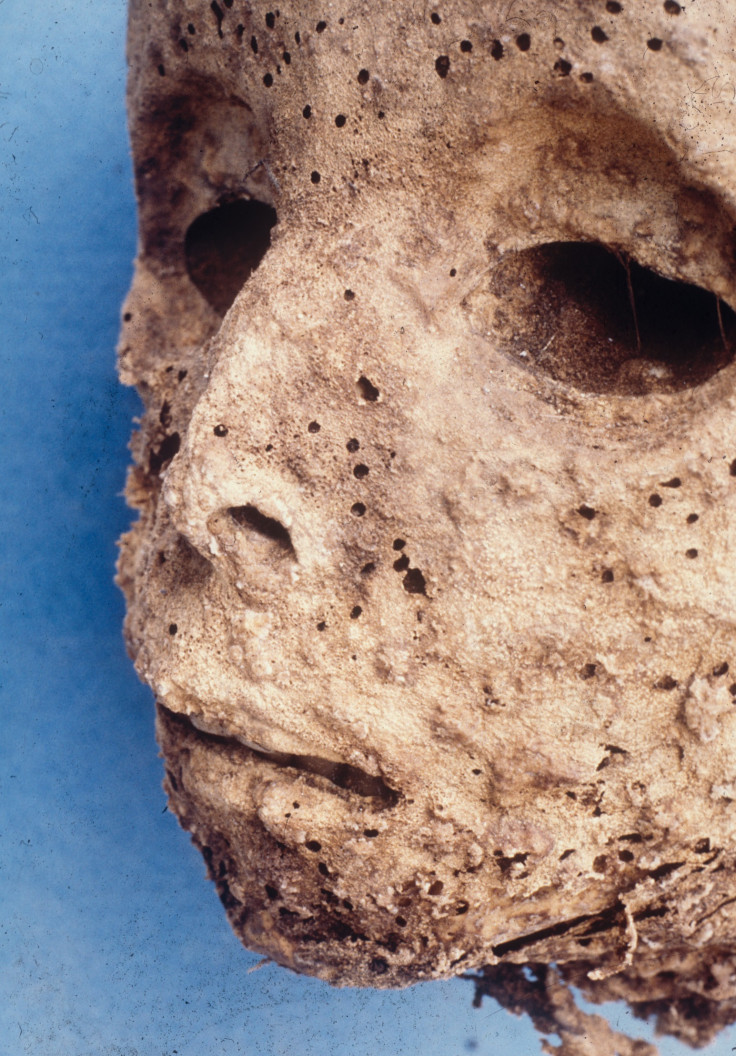Ancient child mummy buried in church casts new light on disease that kills millions
Researchers previously though that the 16th century mummy had been infected with smallpox.

DNA analysis of an ancient mummy has enabled researchers to sequence the complete genome of an ancient strain of Hepatitis B (HBV), confirming that it has existed in humans for centuries.
Today, the virus - which is found in bodily fluids and infects the liver - indirectly kills nearly one million people around the world every year, mostly through resulting liver complications. cancer .
The DNA was extracted from the mummified remains of a small child buried during the 16<sup>th century in the Basilica of Saint Domenico Maggiore in Naples, Italy.
The mummy had been examined by researchers before - albeit not with DNA testing - who came to the conclusion that the child had been infected with smallpox, the oldest evidence of the disease in medieval remains.
But the new findings, published in the journal PLOS Pathogens, suggest that the child was actually infected by HBV, shedding light on the evolution of the disease.
"These data emphasize the importance of molecular approaches to help identify the presence of key pathogens in the past, enabling us to better constrain the time they may have infected humans," said Hendrik Poinar, from McMaster University's Ancient DNA Centre.
Viruses can, and often do, evolve very quickly, sometimes in just a matter of days. However, the researchers suggest that this ancient strain of HBV has changed very little in the last 450 years.
Approximately 350 million people are currently infected with chronic HBV, while around a third of the world's population has been infected at some point in their lives, highlighting the importance of studying the ancient strain.
"The more we understand about the behaviour of past pandemics and outbreaks, the greater our understanding of how modern pathogens might work and spread, and this information will ultimately help in their control," said Poinar.





















